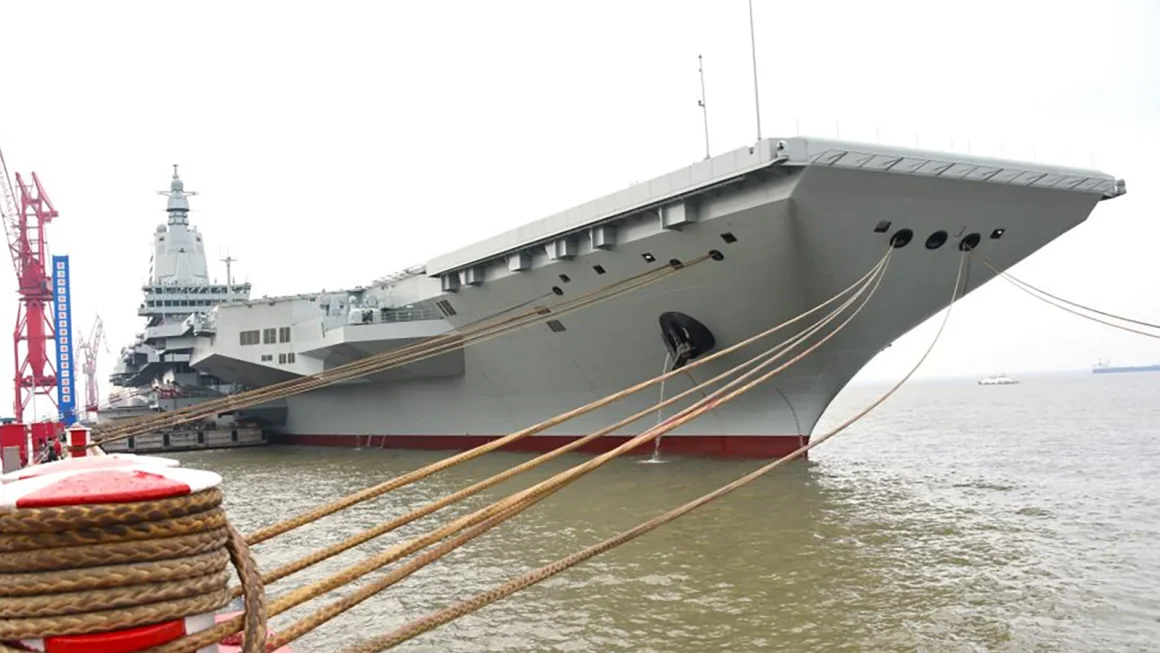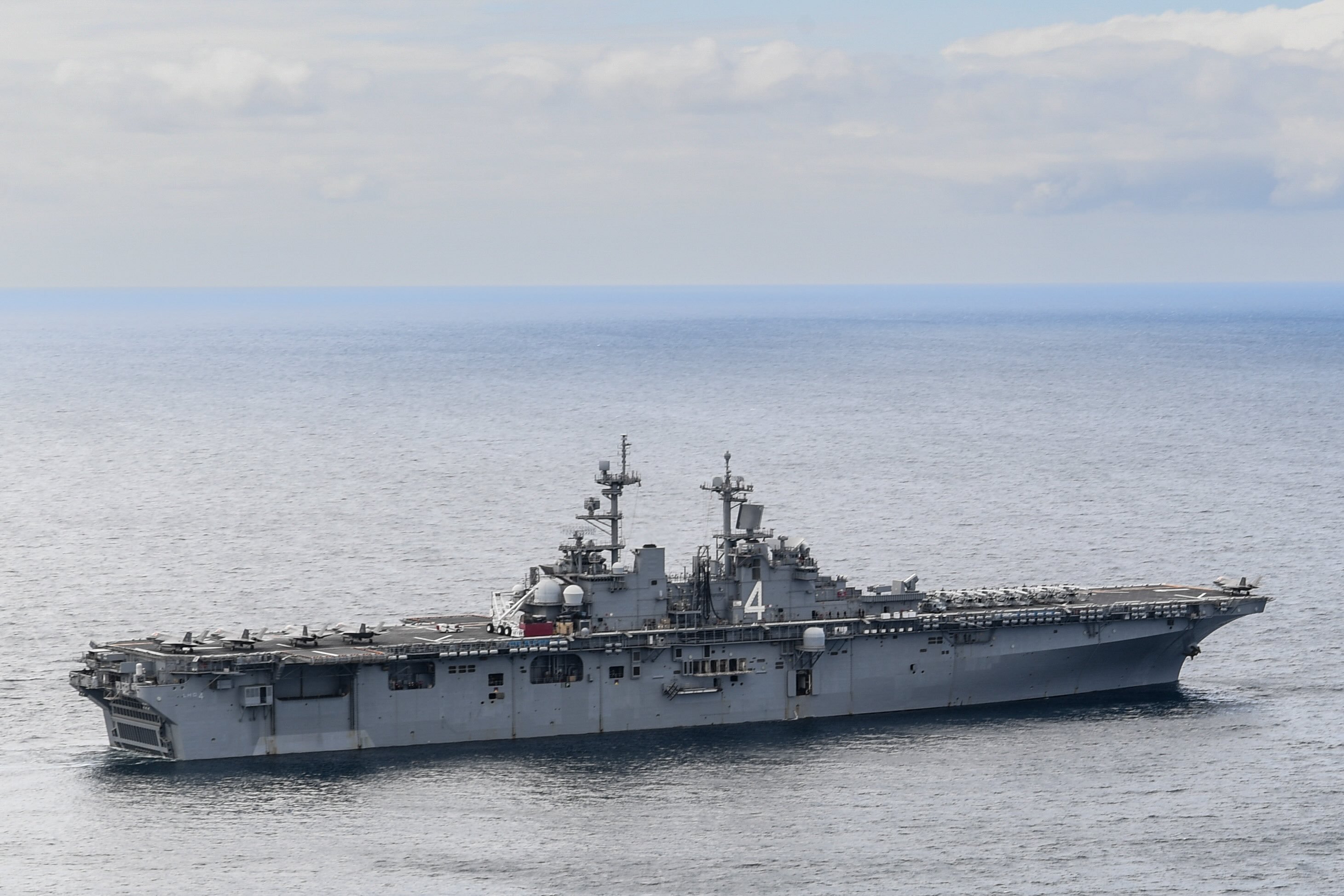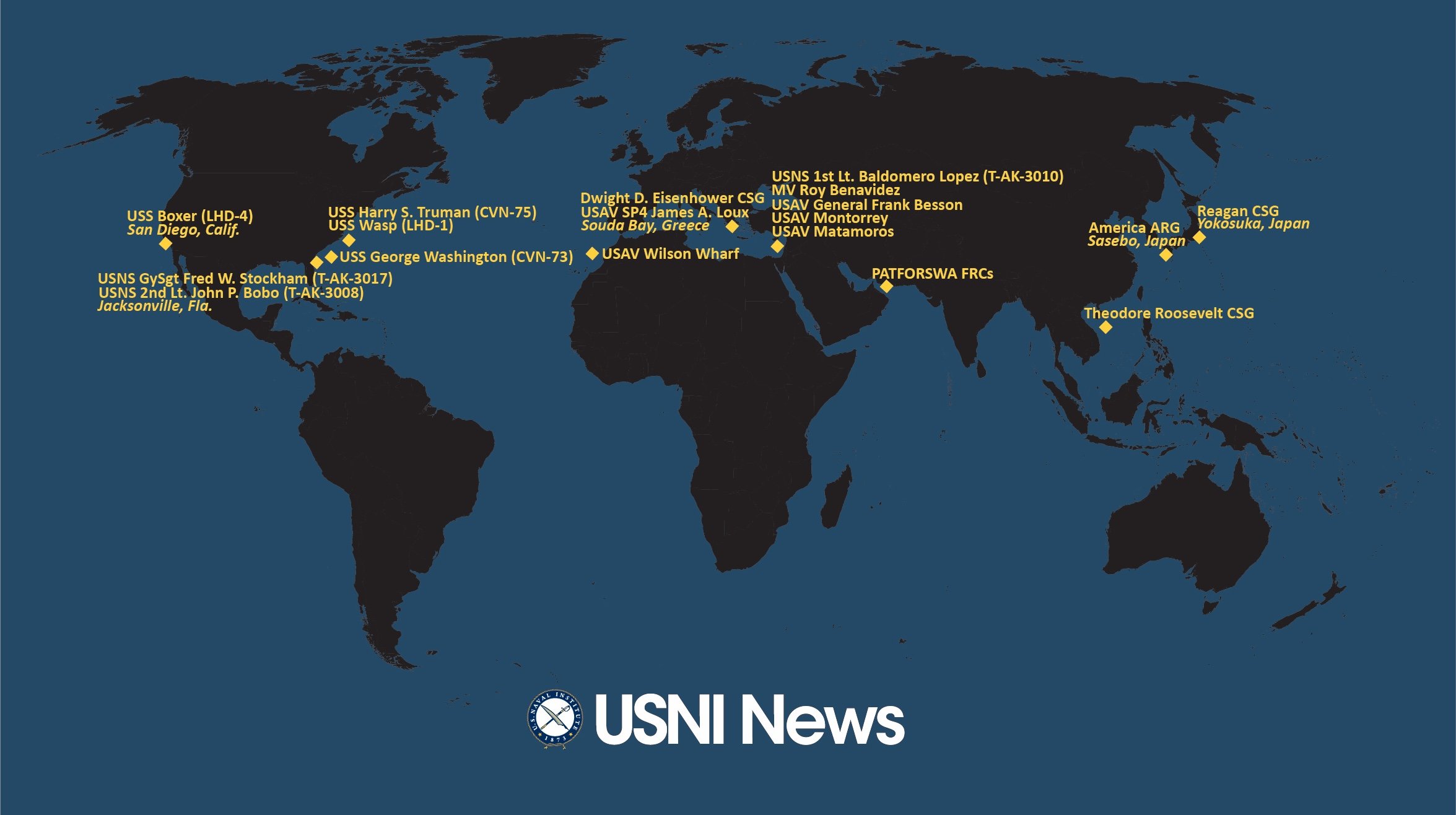
A previous version of this story cited an incorrect figure for the number of lost aircrew in the Navy and Marine Corps from 1949 to 1988. That actual number of was not 5,000, but 8,500. USNI News regrets the error.
It will take less time for China to learn how to effectively operate aircraft carriers than it took the U.S., the commander of the U.S. Navy’s Atlantic air arm, Rear Adm. Ted Branch said Wednesday.
“They will learn faster than we did and they will leverage our lessons,” Branch said during a panel at the EAST: Joint Warfighting 2013 symposium in Virginia Beach, Va.
The U.S. Navy’s education in carrier aviation came at a high price. From 1949 to 1988, “the Navy and Marine Corps lost almost twelve thousand airplanes of all types
(helicopters, trainers, and patrol planes, in addition to jets) and over 8,500 aircrew,” according a section of the book “One Hundred Years of U.S. Navy Airpower” by Robert C. Rubel.
The Chinese, according to Branch, will not have to pay nearly as dear a cost.
“They probably watched ‘Top Gun,’ he said.
“They see how it works.”
In November the People’s Liberation Army Navy flew and landed its first J-15s from their carrier Liaoning, a converted Russian ship the PLAN put into active service in late 2011.
But the PLAN will unlikely be proficient in carrier operations for several more years.
“They have the advantage of starting with more modern technology but it’s still a tough nut to crack to learn how to do this business,” Branch said.
“They still have a lot of learning to do before they have a viable capability.”
The Chinese have started training pilots with the help of the Brazilian Navy.
The flagship of the Brazilian fleet is a 1960s era former French carrier a third the size of a U.S. Nimitz-class carrier.
For now, the Chinese still have a very limited capability that only demonstrates the very basics of naval aviation.
“Liaoning currently is more of a political statement than a naval threat, posing little operational danger to the United States, its allies in East Asia, or even to smaller regional nations,” wrote Bernard D. Cole, a retired U.S. Navy officer and instructor at National Defense University, in USNI News in May.





